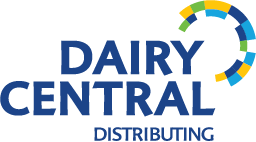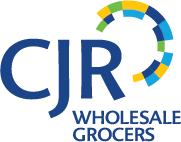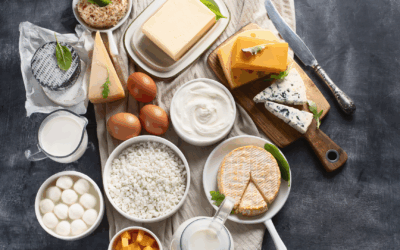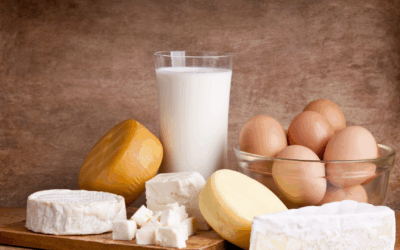Dairy farming has been a cornerstone of human life for thousands of years. Yet, many of us know surprisingly little about how milk went from the pastures to the cartons on grocery store shelves. Interestingly, a survey by the Innovation Center for U.S. Dairy revealed that 7% of American adults mistakenly believe chocolate milk comes from brown cows—roughly 17.3 million people (Healthy Eating). Let’s clear this up: brown cows do not produce chocolate milk.
Now that’s settled, let’s explore the fascinating history of milk.
Early Domestication and Use
The origins of dairy farming date back approximately 12,000 years during the Agricultural Revolution. Nomadic tribes transitioned into settled communities and began domesticating animals, including goats, sheep, and cows, to utilize by-products like milk. Initially, goat and sheep milk were more commonly consumed due to their adaptability to harsh environments and lower resource needs (Dairy Goodness).
By 500 CE, Nordic and Germanic settlements in Europe had small dairy herds to support local village needs. During the 14th century, cows’ milk grew in popularity due to its sweeter taste, eventually surpassing goat and sheep milk across Europe (Healthy Eating).
Dairy in North America
The first dairy cows arrived in North America in the early 1600s, brought by European settlers. These herds helped establish the foundation for milk production in Canada and the United States. By the late 1800s, Louis Pasteur’s invention of pasteurization revolutionized dairy safety, enabling milk to be stored and transported on a large scale (Wikipedia).
With the introduction of mechanical pasteurization machines in the early 20th century, milk production expanded dramatically, and large-scale dairy farming became feasible. Quebec and Labrador were key regions in Canada’s dairy boom and remain significant contributors, accounting for 37% of Canada’s milk production today (CBC News).
Modern Milk Consumption
Today, cow’s milk is the most popular type of milk globally, especially in North America, Europe, Asia, and Australia. Meanwhile, goat’s milk is more commonly consumed in South America, Southern Asia, and Africa. Globally, we consume an astonishing 223 billion litres of milk annually (Healthy Eating).
Dairy farming continues to be an essential part of the global food system, linking us to millennia of agricultural tradition.
Sources:
Wikipedia: Dairy Farming in Canada
Healthy Eating: Dairy Facts and History
Dairy Goodness: The History of Milk
CBC News: Canada’s Dairy Industry









